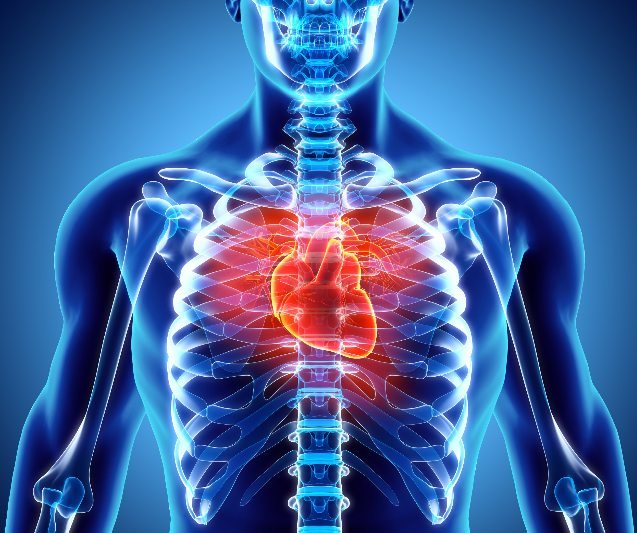-
April 29, 2020
-
0

Heart disease is an umbrella term used to refer to the issues, disorders and deformities of the heart. It is different from cardiovascular disease which refers to the disorders of the heart’s circulatory and blood vessels. Heart disease is the leading cause of death around the world, with one in four deaths occurring as a result of this condition. There are several types of heart disease. Some of them are:
Congenital heart disease
This is a general term used to refer to certain deformities of the heart that have been present since birth. Some examples of congenital heart disease are:
Obstruction defects: Partial or complete block of blood flow through the heart’s chambers
Septal defects: Presence of a hole between the heart’s chambers
Cyanotic heart disease: A heart defect which causes a shortage of oxygen making the skin turn blue
Coronary artery disease
This is the disease or damage of the coronary arteries which supply the heart with oxygen and nutrients. The most common cause for coronary artery disease is plaque deposits which lead to the narrowing or blocking of arteries. This in turn causes the heart to receive decreased amounts of oxygen and nutrients.
Arrhythmia
An irregular heartbeat is called arrhythmia. It is caused when the electrical impulses within the heart do not function properly. This causes the heartbeat to become slow, fast or erratic. This condition includes different types:
- Tachycardia or rapid heartbeat
- Bradycardia or slow heartbeat
- Premature ventricular contractions or abnormal, additional heartbeats
- Fibrillation or irregular heartbeat
Myocardial infarction
Commonly known as a heart attack, this condition is caused by an interrupted blood flow which damages part of the heart. This interruption is often caused by a blood clot or narrowing of the coronary arteries.
Heart failure
Also known as congestive heart failure, this condition occurs when the heart fails to properly pump blood around the body. When a part of the heart becomes damaged due to high blood pressure or coronary artery disease, it affects the heart’s ability to pump blood efficiently.
For more details on heart disease and its treatment, talk to your cardiologist.
Contact
JAYANAGAR
BANASHANKARI

